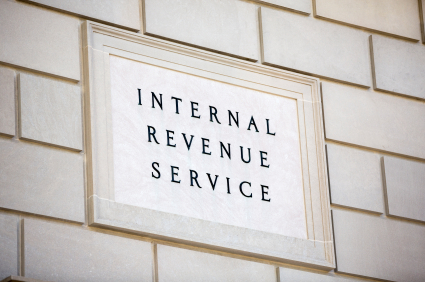
Today, I’m going to move forward and look at the OECD Model Treaty’s rules on permanent establishment. This is important for a simple reason: in order to exert its taxing rights over a transaction or individual, a jurisdiction must either prove the person/business is a resident (which we covered over the last few weeks) or prove the transaction took place within the jurisdiction’s borders. A permanent establishment is where a transaction occurs; hence the determination of a permanent establishment is of vital importance.
Let’s start with the basic definition: “For the purposes of this Convention, the term “permanent establishment” means a fixed place of business through which the business of an enterprise is wholly or partly carried on.” The commentary adds important, further clarification. Read More


























Recent Comments